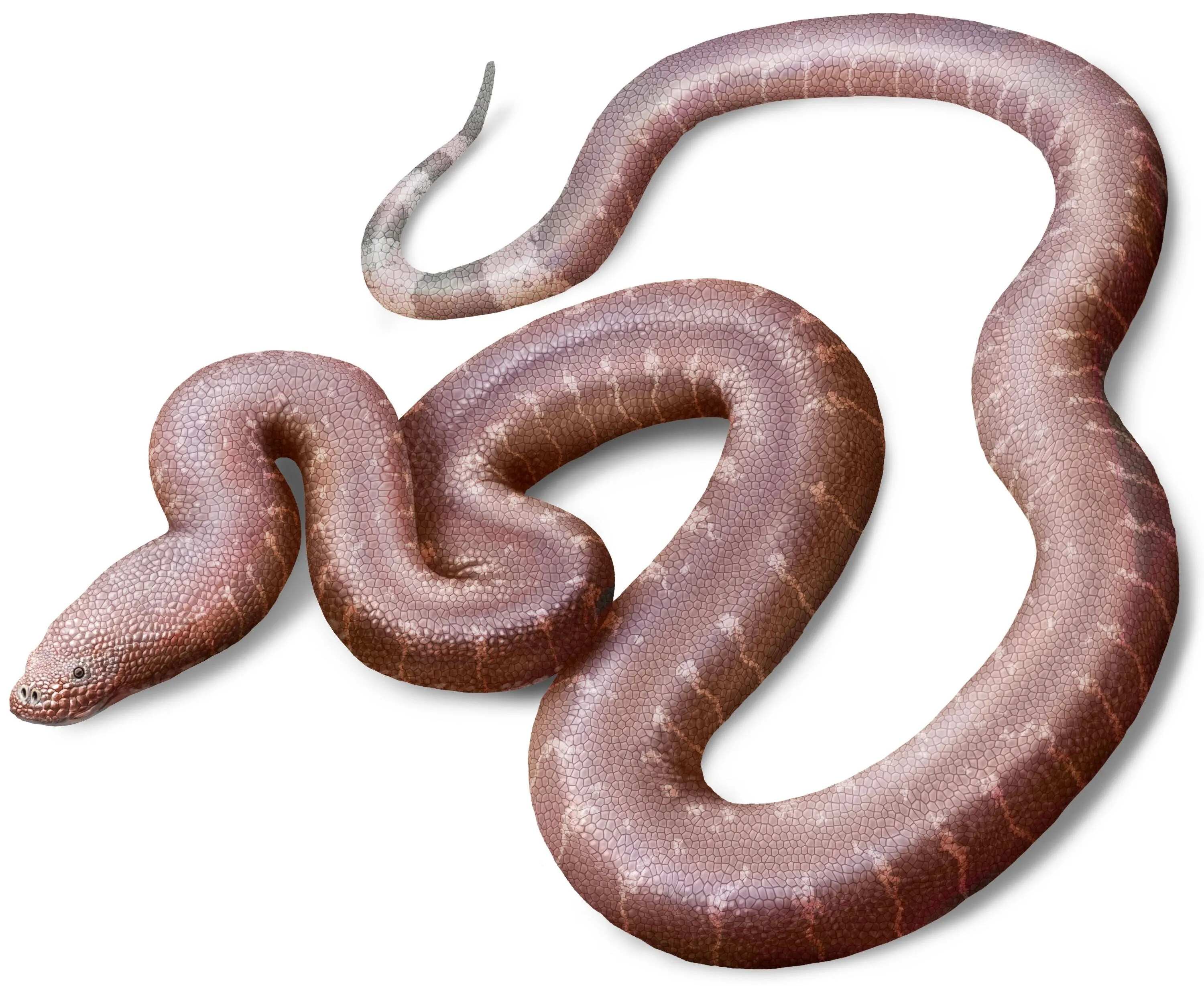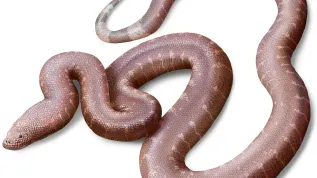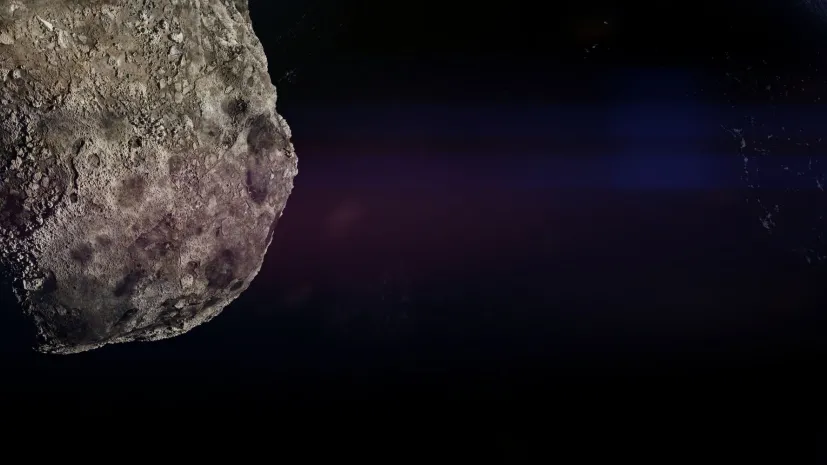
Astronomers probe long-term impact risk of 60-metre asteroid
A 60-metre asteroid known as 2018 BY6 routinely cuts across Earth’s orbit and in future flybys could pass our planet only a few lunar distances away. Now a team of astronomers is tracking its long-term trajectory to determine whether it might eventually pose a genuine impact risk.
-
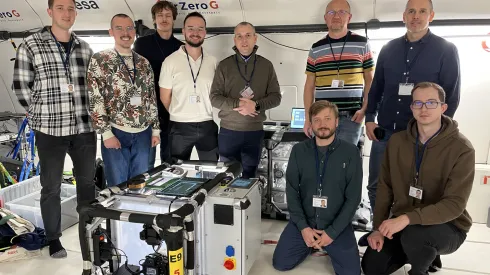
Polish lunar excavator aces low-gravity tests in European Space Agency campaign
Polish scientists have successfully completed tests of a prototype space excavator designed to extract lunar regolith under simulated lunar-gravity conditions.
-
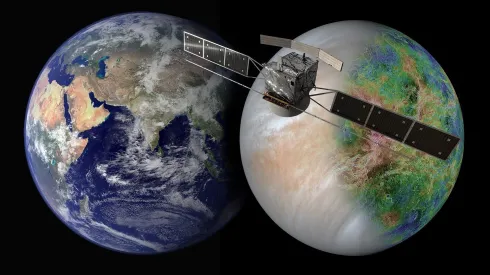
Polish engineers ‘develop mechanisms’ to probe surface of Venus
A Polish team will develop mechanisms resistant to extreme space conditions for the Envision mission, the first probe to study Venus’s surface, interior, and atmosphere.
-
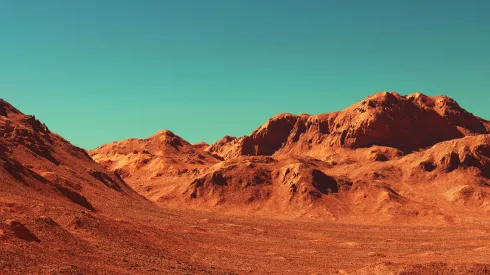
Polish scientist examines if lichens can survive on Mars
Scientists from Krakow and Wrocław are investigating how lichens cope in Mars-like conditions—and early results suggest they could survive there.
-
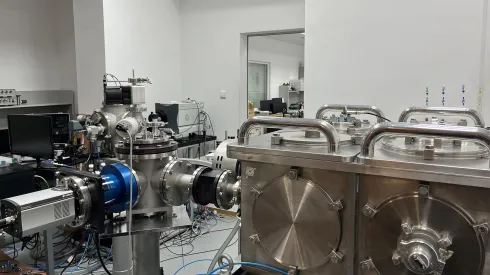
Optical components of GLOWS photometer required precise measurements
Before Poland’s first fully domestic instrument for studying the solar wind—the GLOWS photometer—was launched into space aboard a NASA mission, it underwent years of precision testing in collaboration with the Military University of Technology (MUT).
-
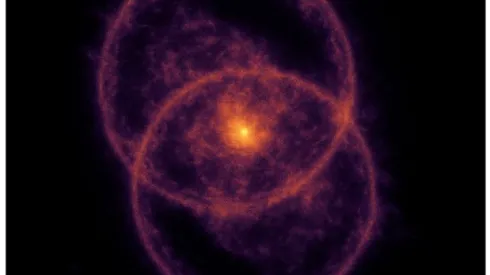
Polish astrophysicists help identify ‘most distant and powerful’ odd radio circle ever observed
Astrophysicists, including scientists from Poland’s National Centre for Nuclear Research (NCBJ), have identified the most distant and most powerful odd radio circle (ORC) known to date — a vast, ring-shaped cloud of magnetised plasma whose image comes from 7 billion years ago.
-
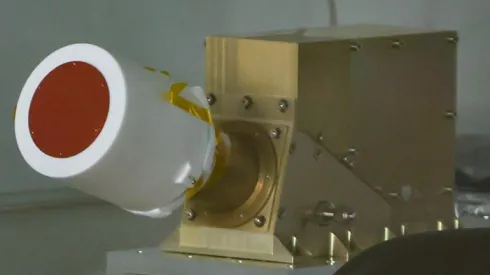
Polish GLOWS instrument sends first signal from NASA’s IMAP space probe
The Polish-built GLOWS instrument, the first entirely Polish device to take part in a NASA mission, has successfully made contact with Earth one week after launch.
-

Poland prepares first suborbital rocket launch carrying kombucha microbes and seeds into space
This fall, the Perun suborbital rocket is set to make history as the first scientific rocket launched from Polish territory.
-
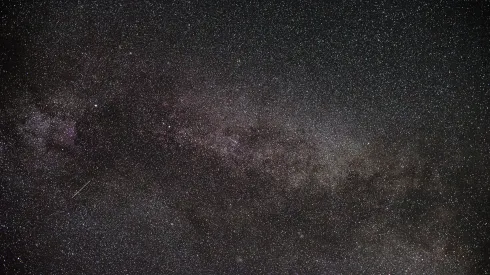
Webb telescope uncovers rare silicon compounds in ancient brown dwarf
An unusual celestial object known as The Accident is helping astronomers solve a decades-old mystery about the missing silicon chemistry of the Solar System’s giant planets.
-
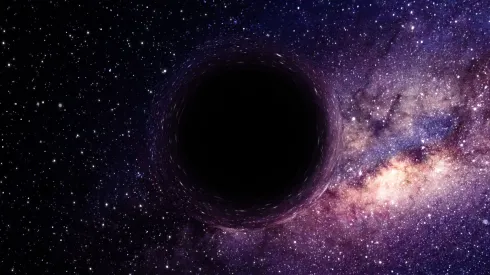
New evidence confirms Hawking's black hole surface area theorem
A decade after humanity first detected the faint ripples of gravitational waves traveling across the cosmos, scientists have confirmed one of Stephen Hawking’s most important theoretical predictions: the total surface area of black holes never decreases.

